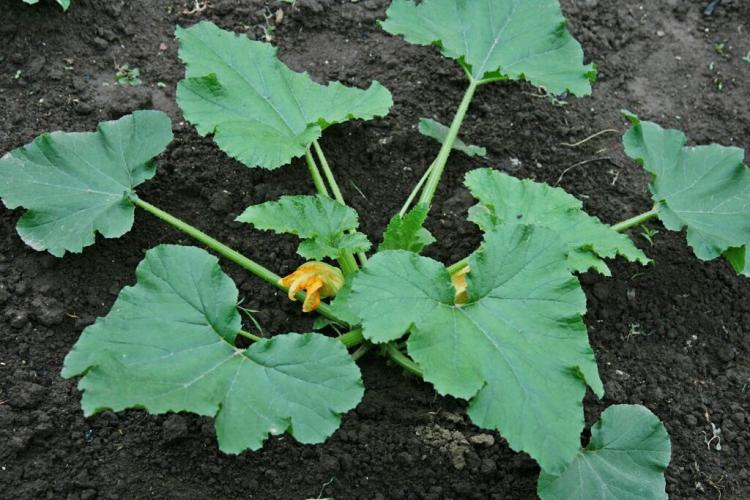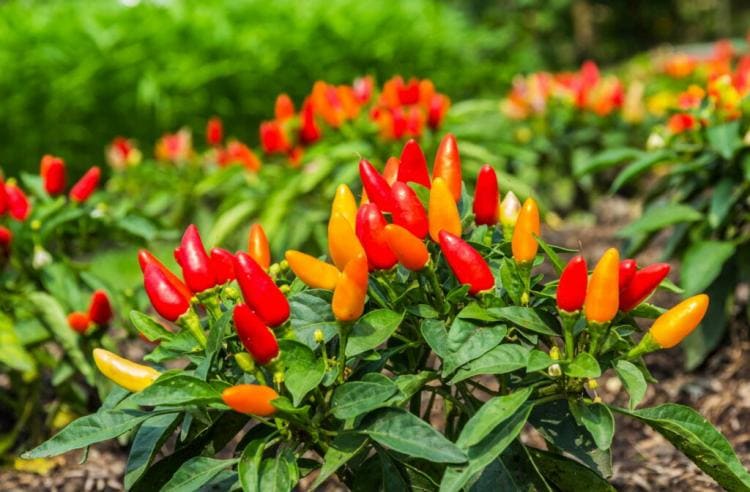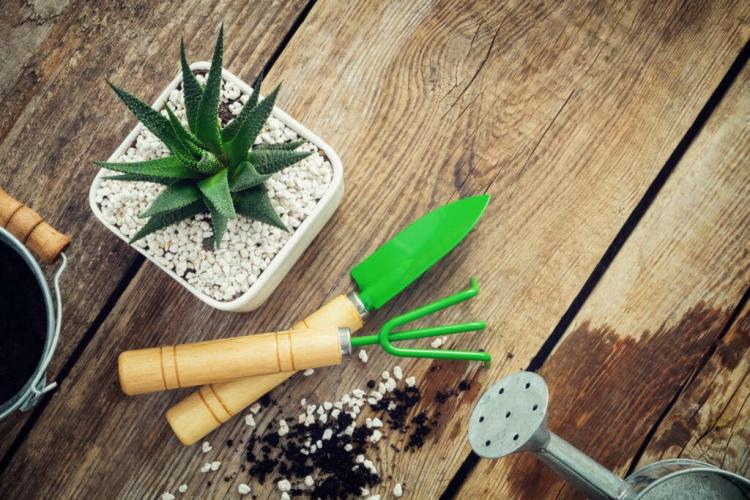Cherry laurel plants: instructions & expert tips
The cherry laurel can be found in many gardens. Here you can find out everything to consider when planting cherry laurel.
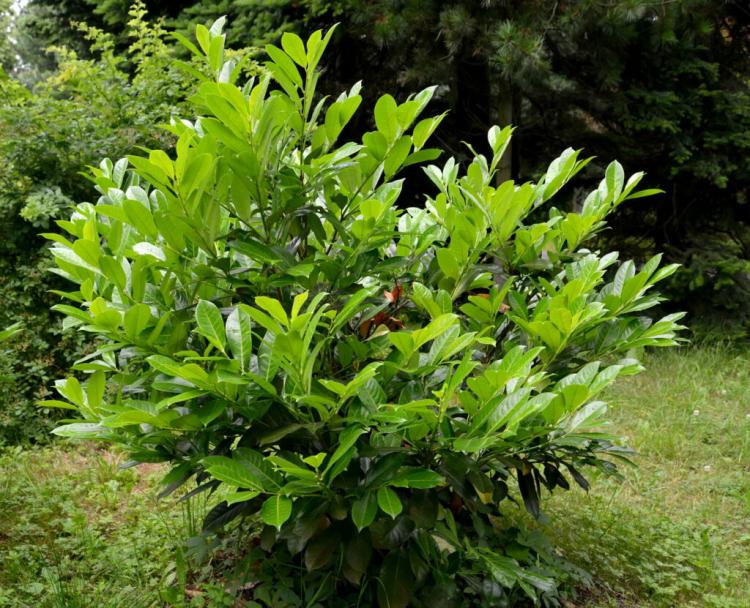
Thanks to its location tolerance, there is a place for a cherry laurel in every garden [Photo: Irina Borsuchenko / Shutterstock.com]
The cherry laurel ( Prunus laurocerasus ) belongs to the rose family (Rosaceae). Compared to the related fruit species such as apple and cherry, the evergreen plant is quite undemanding and, due to its enormous growth, quickly forms dense woody plants. Because of these properties, the cherry laurel, with its large leaves and delicate flowers, is a popular hedge plant. But it is also a real eye-catcher as a solitary plant or cut into geometric shapes in a tub. If properly planted, high and opaque delimitations to the neighbors quickly form, which can easily grow by 40 cm every year. We have summarized for you below what you should consider when planting cherry laurel in your garden.
The ideal location for cherry laurel
Cherry laurels are popular hedge plants due to their modesty, especially when it comes to their location. So you are not restricted in the choice of location when pulling your hedge, because the cherry laurel thrives in sunny, partially shaded and shady places. The hedge plant also has no problem with sandy or loamy soils. Only the chosen location should offer enough space and be free of waterlogging, after all, a fully grown cherry laurel can easily grow to be three meters high and wide. If you have less space in the garden, you can fall back on narrow varieties such as 'Caucasica'.
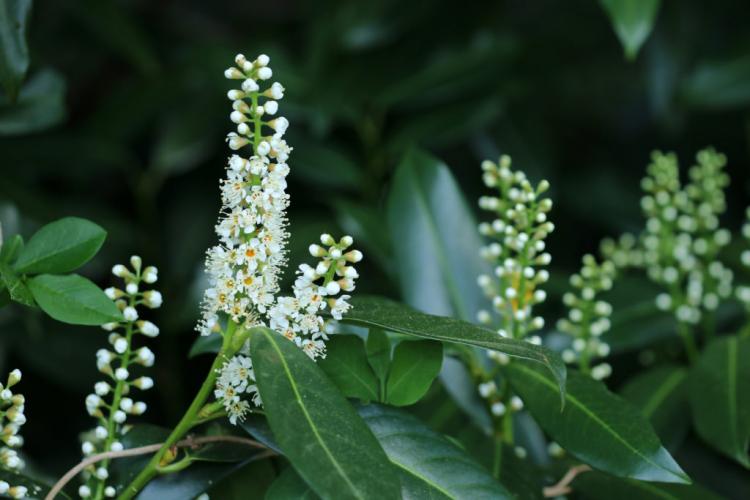
'Caucasica' is also suitable for small gardens [Photo: Eileen Kumpf / Shutterstock.com]
In sunny locations, you should also ensure adequate protection from a sharp winter wind. Otherwise, you run the risk of losing your cherry laurel to bald frost. Because of its competitive root system, you can plant your cherry laurel between trees without any problems. When it comes to the supply of nutrients and water, the deep-rooters also prevail against plants that are difficult to socialize.
Planting cherry laurel: Instructions in 12 steps
Once you have decided where the shrub should grow, simply follow these steps to plant:
- Plant spacing: 80 – 100 cm
- Loosen the soil widely
- Digging planting holes: With container plants, they must be significantly larger than the plant container; in the case of bale goods, the roots must be spread out; Soak the roots in a water bath for about half an hour beforehand
- Lay out a drainage layer of sand, gravel or potsherds on the ground
- Mix the excavated topsoil with compost, manure or horn shavings
- Mix in sand into the topsoil if it is too heavy / compacted (due to the high clay content)
- Place the cherry laurel vertically in the planting hole
- Place the root ball so that it sits as deep as in the container
- Fill in the planting hole – for example with Plantura organic universal soil – and step on the soil well
- Cast on well
- Mulching with lawn clippings, bark mulch or wood chips
- Water during the growing season as soon as the surface dries out
The drainage layer counteracts the formation of waterlogging. The drier the surface, the better the cherry laurel can withstand frost later on. You can also plant the plants closer together. Depending on the variety and size of the plants at the time of planting, up to four plants per meter are acceptable. Your hedge will close after just two years. However, problems can arise later when the plants compete for space.
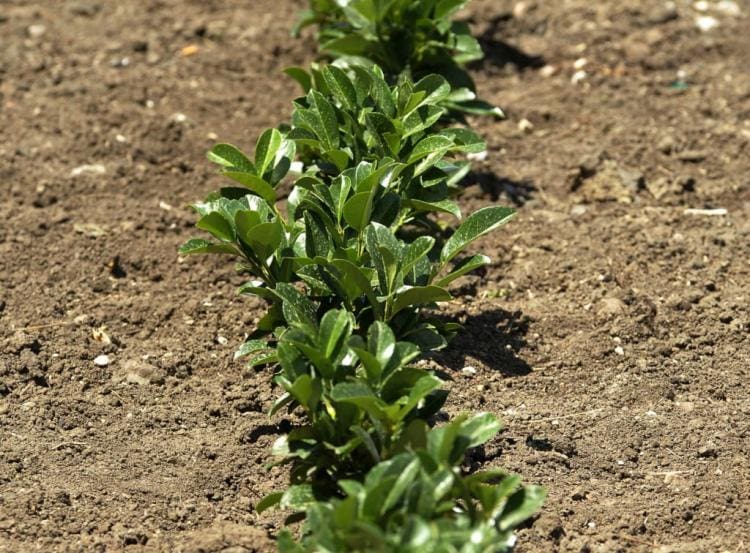
Leave enough space between the plants, otherwise there may be space problems later [Photo: Dedii / Shutterstock.com]
Sufficient distance should also be kept to adjacent buildings or fences. Also keep in mind that you will have to prune the cherry laurels later, from all sides. You should therefore keep at least half the diameter specified for the variety plus half a meter away so that your hedge remains easily accessible to you later.
Note: Since cherry laurels grow very densely, they are not a good shelter from the wind. The wind is not slowed down, just swirled. This creates a good draft behind the hedge.
When is the best time to plant cherry laurel?
The best time to plant cherry laurel is autumn, between late August and early September. Then shoot growth is stopped and the plant can put all its energy into the roots so that your cherry laurel can grow quickly. Autumn planting after purchase is mandatory for bale goods. If necessary, container plants can also be planted in the ground during the entire vegetation period. However, you should limit yourself to spring between the end of March and the beginning of May. The sun exposure in summer can cause enormous problems with the young plants if you do not reach for the watering can often enough.
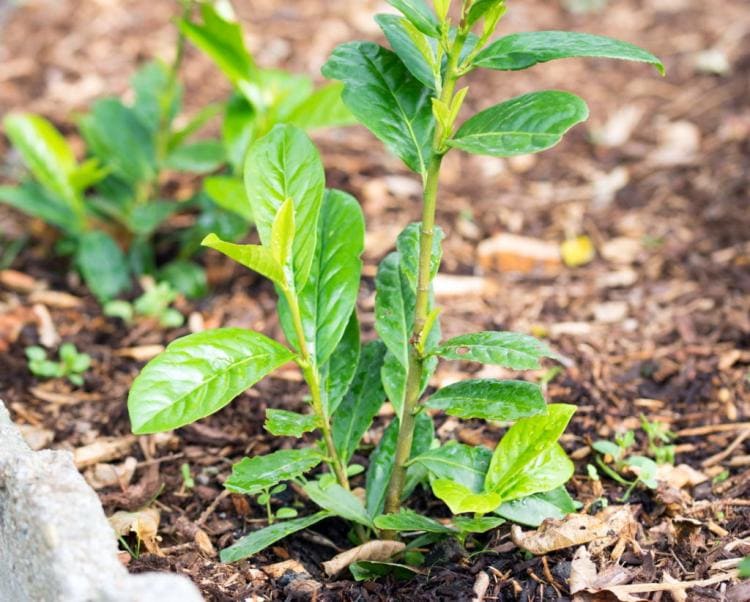
The small plants are still very sensitive. So plant on a frost-free and slightly cloudy day to give the cherry laurels an ideal start [Photo: PhotographyByMK / Shutterstock.com]
In any case, avoid wet, snow-covered or frozen ground. Even in spring you should not plant when the sunlight is too strong, as the risk of sunburn is particularly high in the stressed plants. It is therefore best to choose a slightly cloudy day for planting.
So that your plant also thrives in a healthy way, we have compiled all the relevant points for the correct care of cherry laurels and useful tips for fertilizing the cherry laurel.




